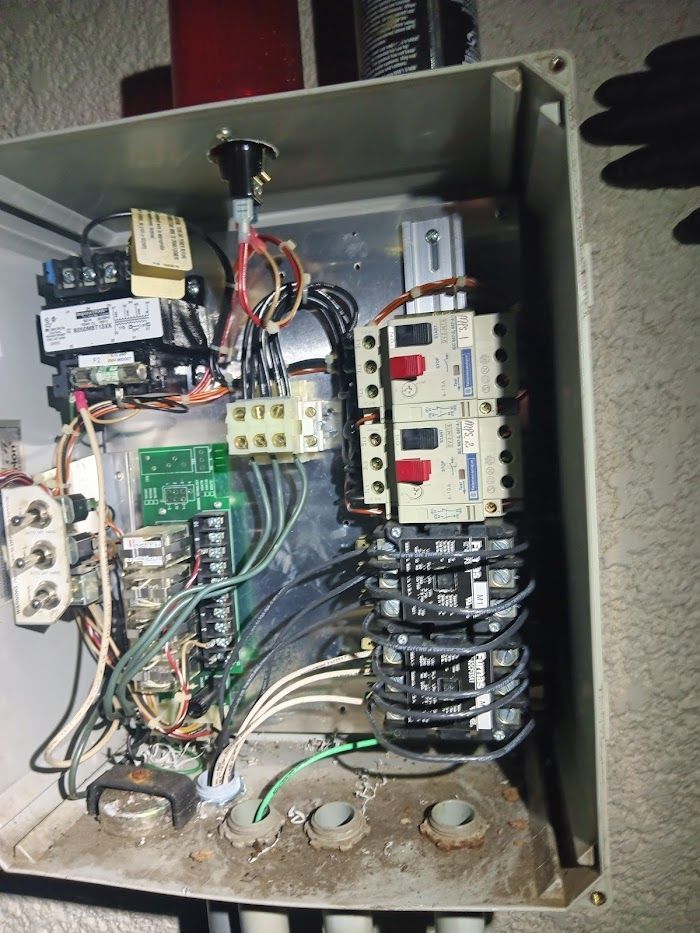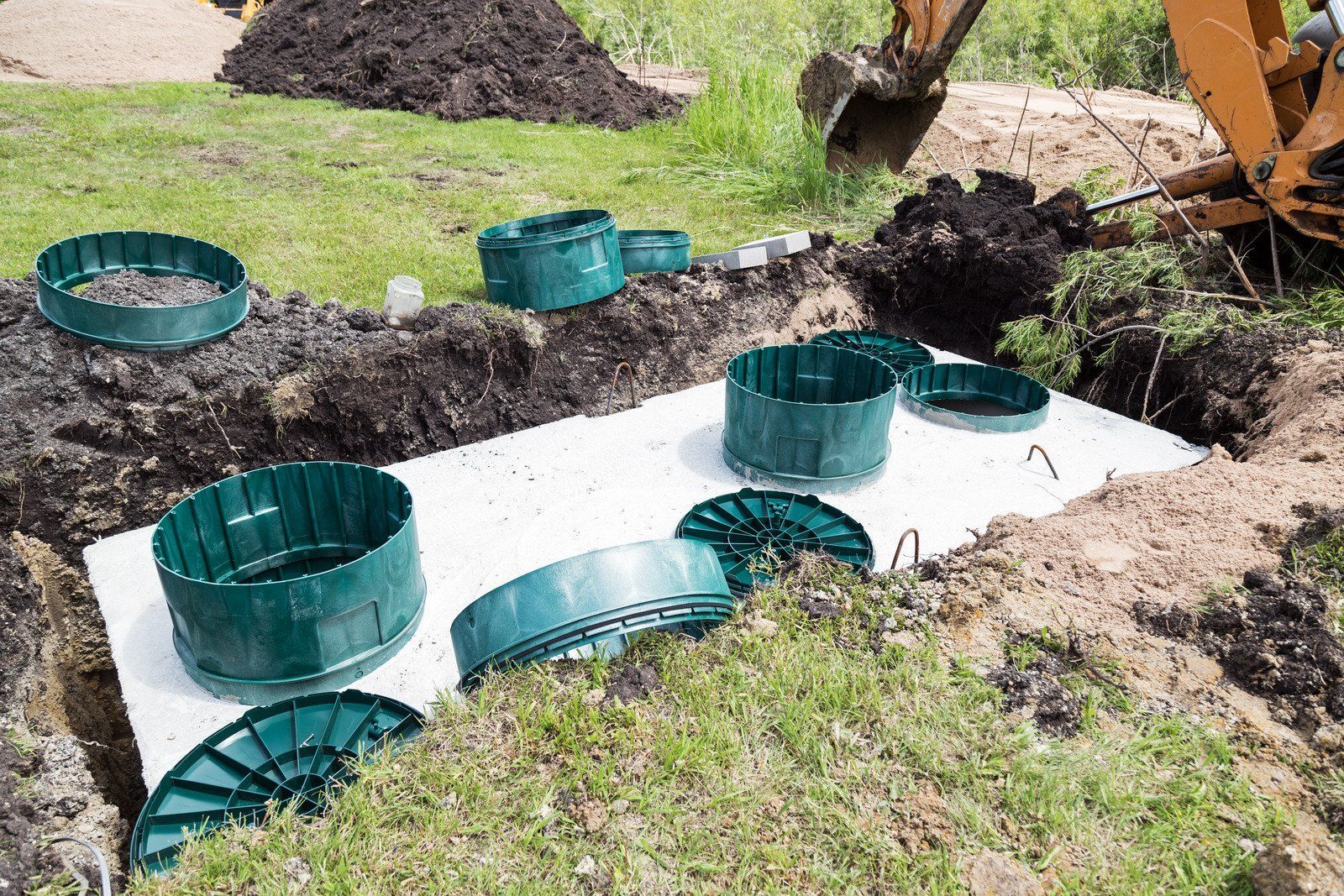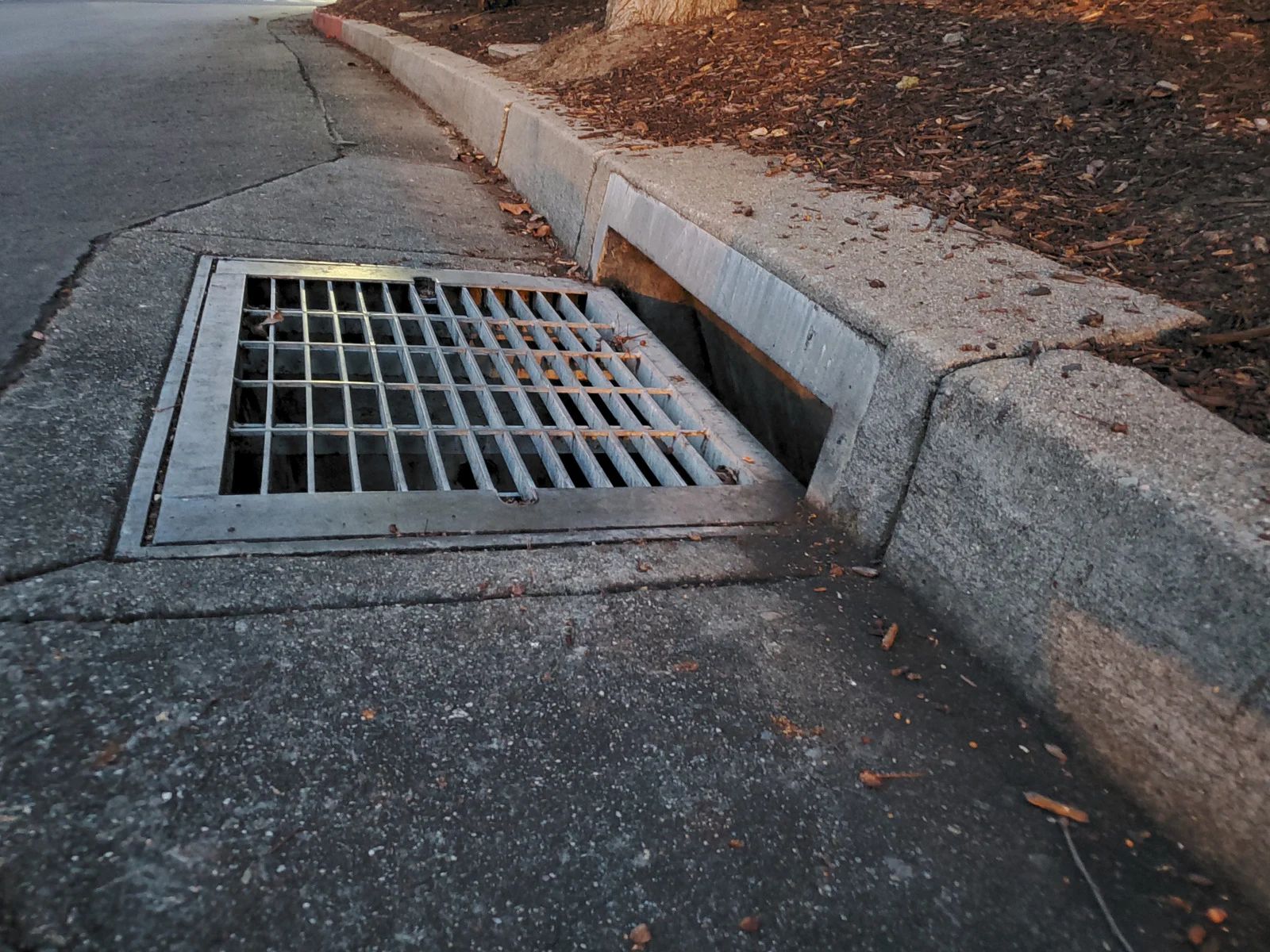Lift Station Services: What They Are and Why They're Essential
July 16, 2025

Lift stations play a crucial role in maintaining the flow of wastewater, ensuring that it is efficiently transported through sewer systems. These systems are vital for both residential and commercial properties, especially in areas where gravity alone cannot propel wastewater to its destination. Understanding how lift stations work and why they are necessary can help you appreciate their importance in modern infrastructure.
What is a Lift Station?
A lift station is a wastewater pumping station that is used to move wastewater from a lower elevation to a higher one. This is necessary when gravity-based sewer systems cannot overcome the slope or distance required to direct wastewater toward a treatment facility or main sewer line. Lift stations consist of a wet well, pumps, and other equipment designed to ensure smooth operation and prevent blockages or backups.
Key Components of a Lift Station
A typical lift station includes several critical components:
Wet Well: This is the primary chamber where wastewater collects before it is pumped.
Pumps: These devices push the wastewater through the system, lifting it to a higher level to continue its journey through the sewer line.
Control Panel: The control panel monitors the lift station's operations, including the pumps' cycles, power supply, and any issues that may arise.
Alarm System: A backup alarm ensures that if there’s a failure in the system, the issue is detected immediately, preventing potential flooding or contamination.
How Do Lift Stations Work?
Lift stations collect wastewater in a wet well. When the water level rises, sensors activate pumps to move it through pipes to a higher point where it enters the main sewer lines. This process is continuous, ensuring efficient wastewater movement without relying solely on gravity. Lift stations utilize electrical pumps that allow for remote monitoring and control, ensuring seamless operation. The control panel and alarm system detect issues like power outages, mechanical failures, or pump malfunctions, critical for preventing overloads.
1. Prevention of Backups and Flooding
Without lift stations, wastewater would be unable to reach its intended destination, which could lead to backups and flooding. This is particularly important in low-lying areas or regions with complex topographies where gravity alone isn’t sufficient.
2. Efficiency in Wastewater Treatment
Lift stations ensure that wastewater continues moving toward treatment facilities, making the process of wastewater management more efficient. They allow for the proper treatment of wastewater, reducing environmental contamination and promoting cleaner water systems.
3. Support for Growing Communities
As cities and neighborhoods grow, the demand for reliable wastewater management increases. Lift stations are essential for providing infrastructure to accommodate the growing population, especially in newly developed areas where gravity systems might not be feasible.
4. Durability and Reliability
Modern lift stations are built to last, often with high-quality materials that withstand the wear and tear of continuous operation. Routine maintenance ensures they continue to function effectively, minimizing downtime and costly repairs.
5. Environmental Protection
Lift stations play a key role in environmental conservation by ensuring wastewater is safely transported to treatment facilities before it can pollute natural water sources. They help prevent the contamination of local streams, rivers, and groundwater, preserving the ecosystem.
With 40
years of experience in the septic and wastewater industry, On Time Septic LLC
in Irving, Texas, offers
expert lift station services that keep your wastewater systems running smoothly. Whether you need installation, maintenance, or repair services, our team is ready to handle it all. Contact us today to ensure your wastewater systems operate efficiently and reliably.





